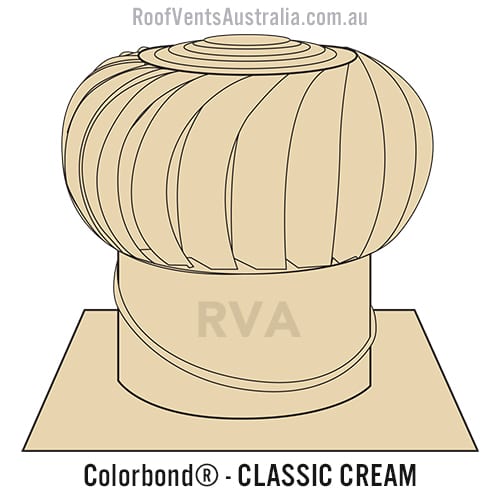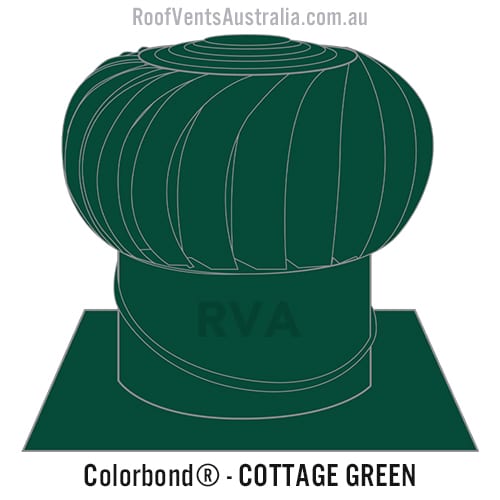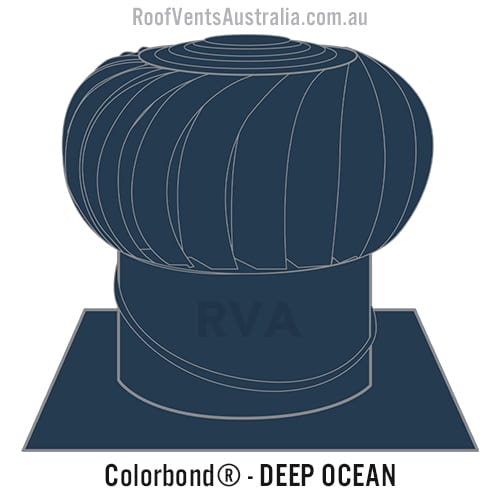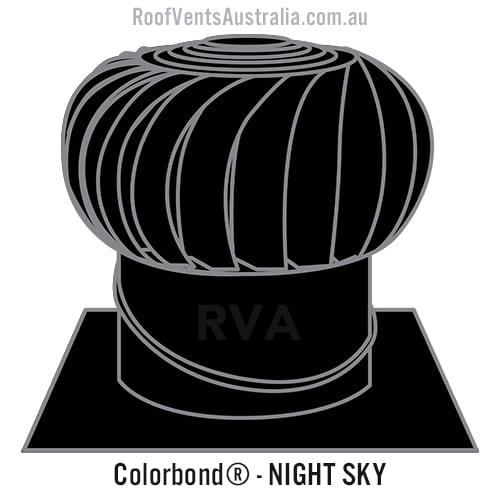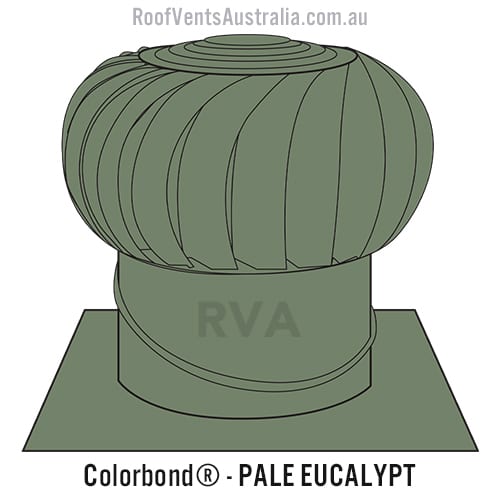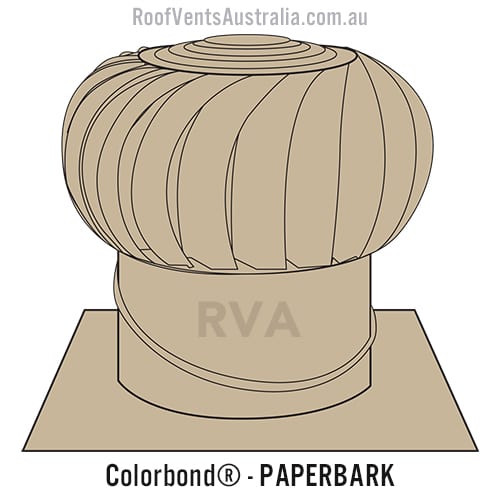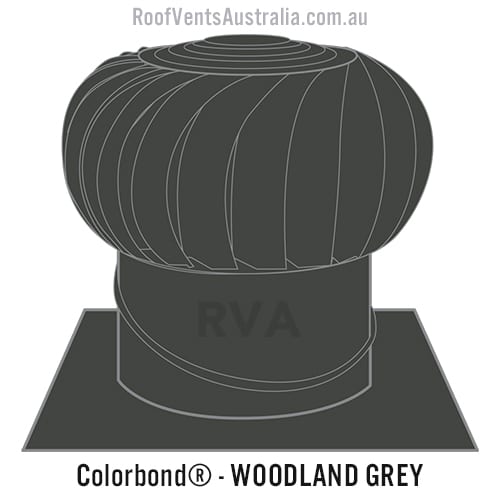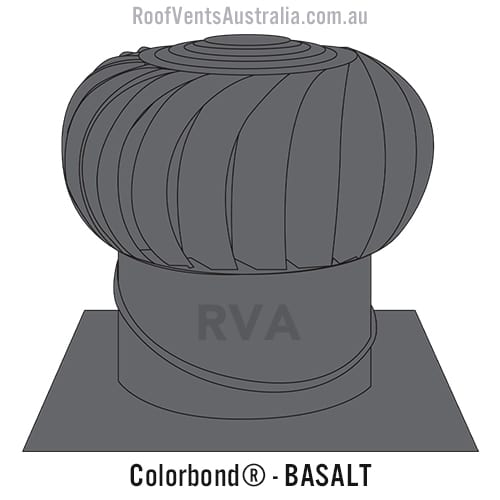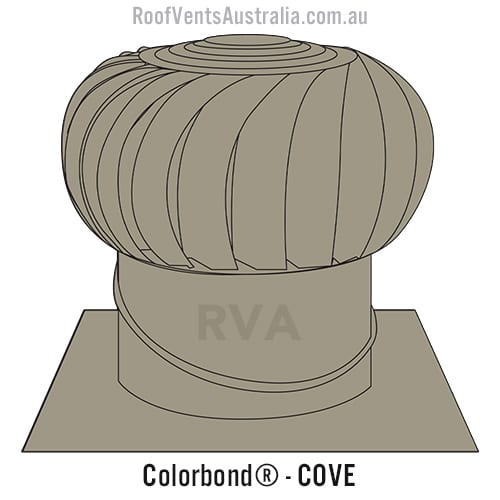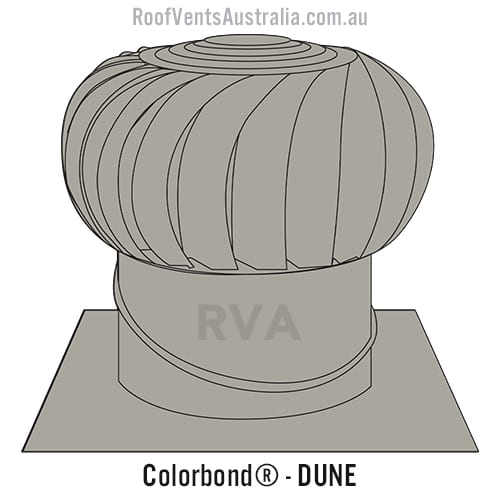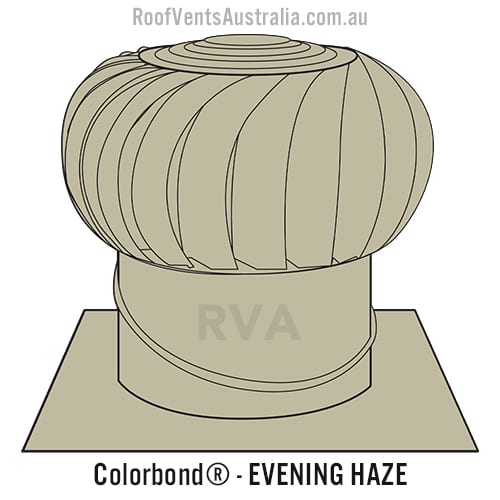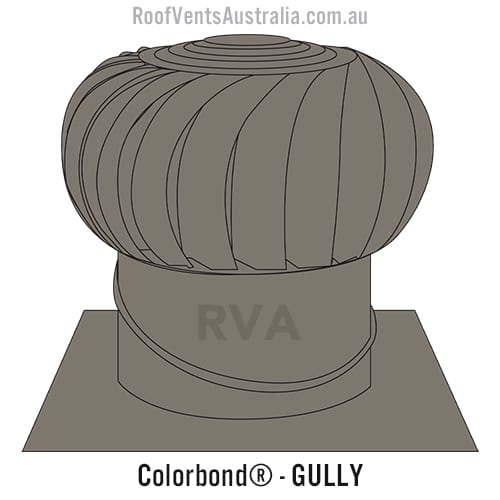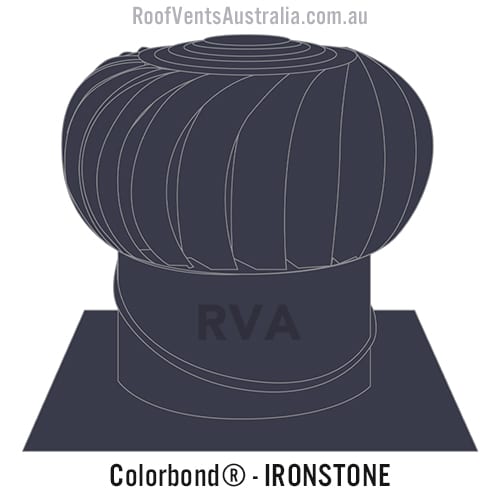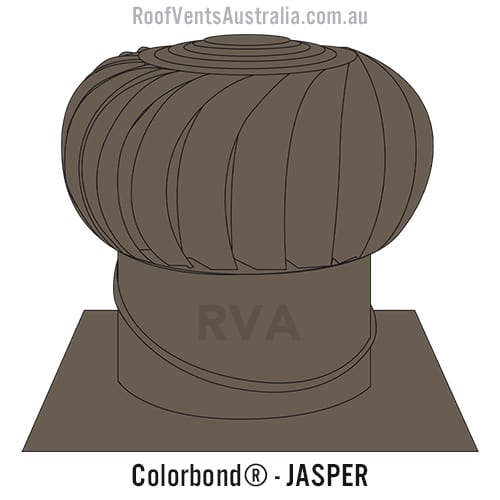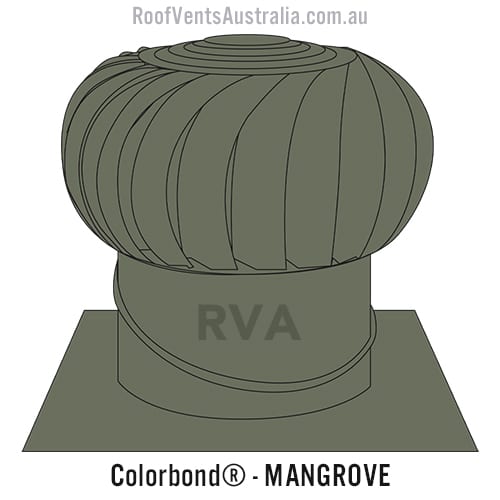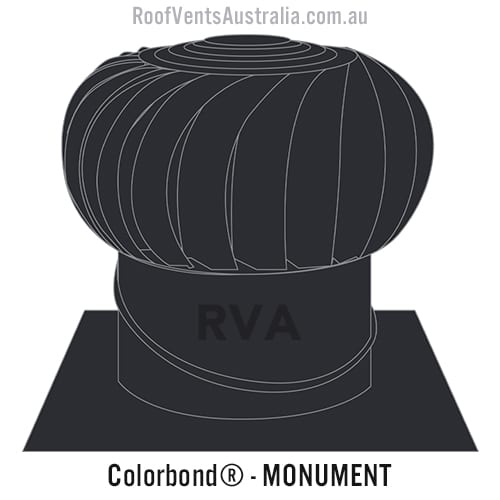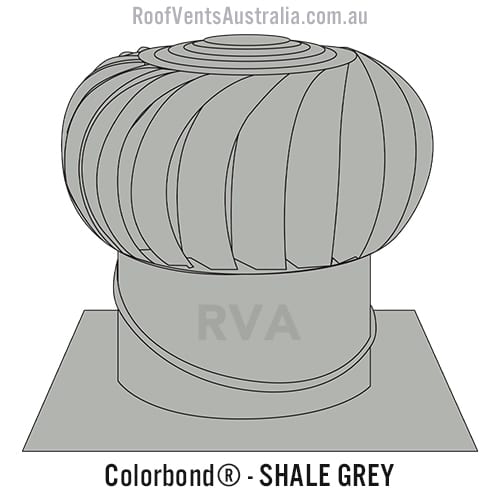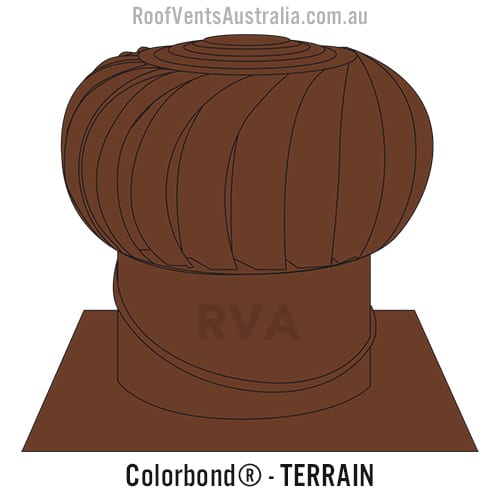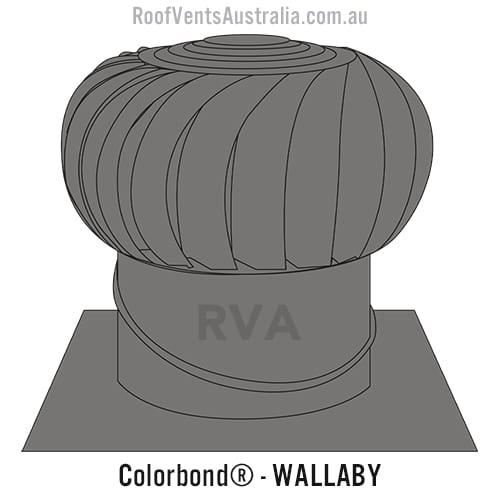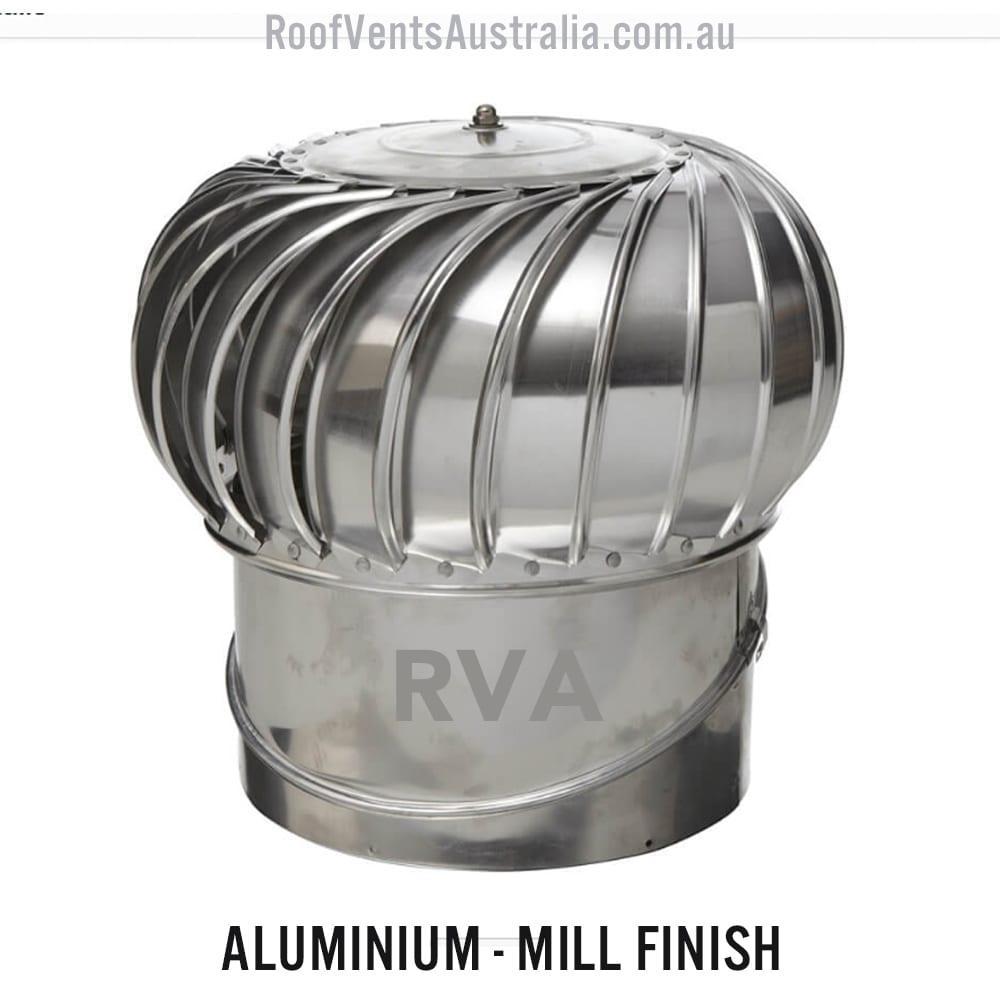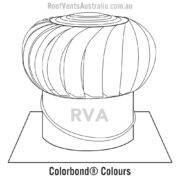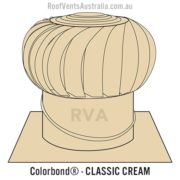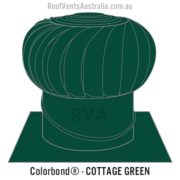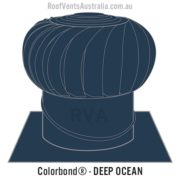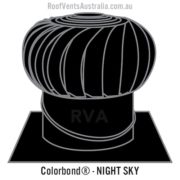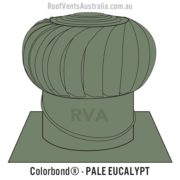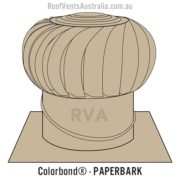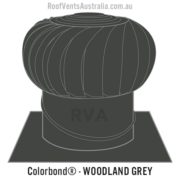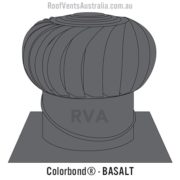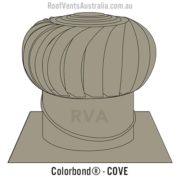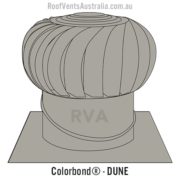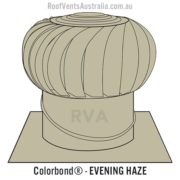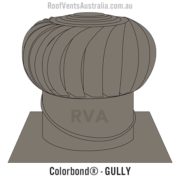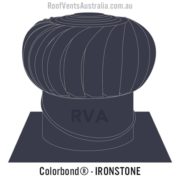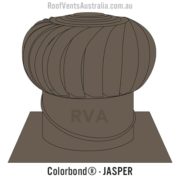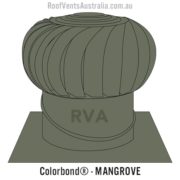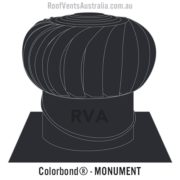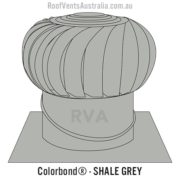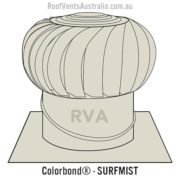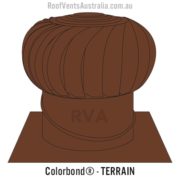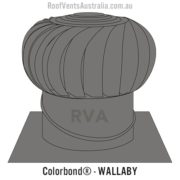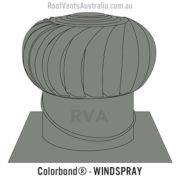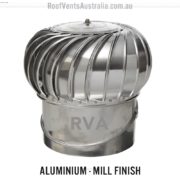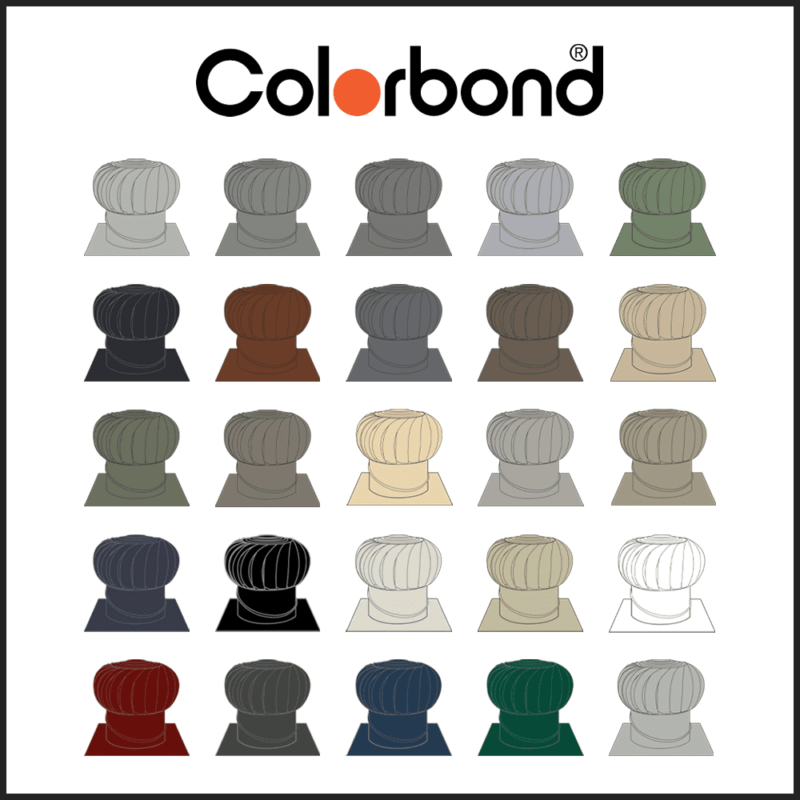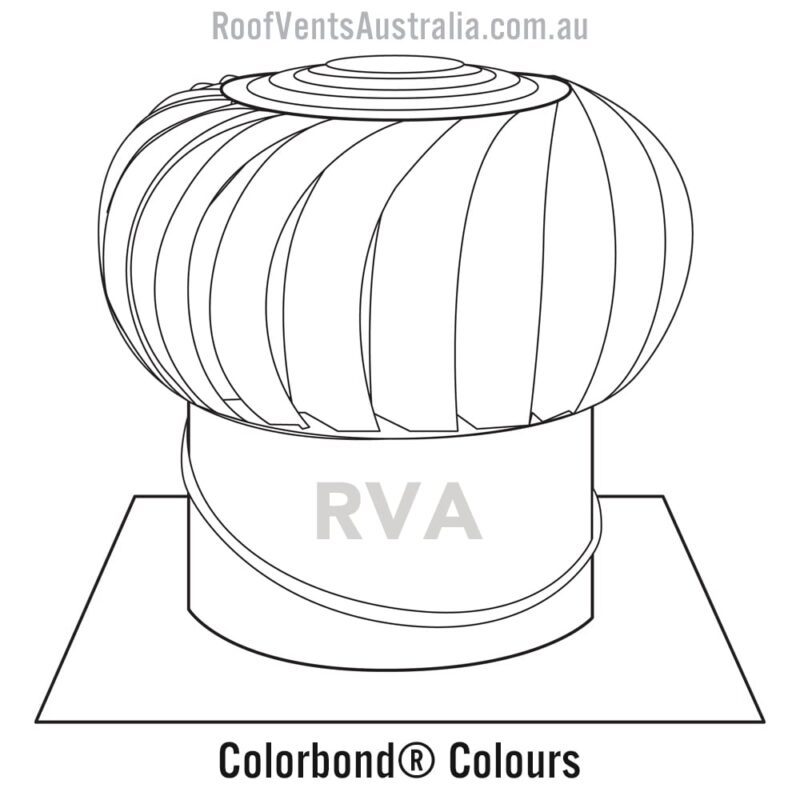Spinaway or Windmaster 300mm Roof Vents Aluminium
$189.00 & Free Shipping
Spinaway or Windmaster 300mm
- Aluminium body (Cheaper Iron Versions Rust Quickly)
- Mill finish or Colorbond®
- 10 Year Manufacturer’s Warranty
- Sold in Sydney Metro Only
- Free Shipping Sydney Metro Only
- 2-3 Bedroom Home (2 vents)
- 3-4 Bedroom Home (3 vents)
- 4-5 Bedroom Home (4 vents)
Description
**Optimising Roof Ventilation: A Comprehensive Guide**
Roof ventilation stands as a cornerstone of maintaining a healthy, energy-efficient home environment. Proper airflow regulation not only safeguards the integrity of roofing materials but also fosters comfortable indoor living conditions. This extensive guide delves into the intricacies of roof ventilation, addressing an array of questions and concerns to empower homeowners with knowledge for informed decisions.
**Understanding Ventilation Needs**
The fundamental query often posed is, “How big should a roof vent be?” The answer to this question hinges on several factors, including the size of the attic or roof space, regional climate patterns, and the roofing material employed. Ventilation requirements are typically guided by the “1 in 300” rule, a widely recognized standard in the industry. According to this guideline, the total net free ventilating area (NFVA) should amount to at least one square foot for every 300 square feet of attic floor space. Adhering to this principle ensures adequate airflow, mitigating moisture buildup and heat entrapment.
**Choosing the Right Ventilation Solution**
Selecting the appropriate vent for a roof demands careful consideration of various factors, encompassing roof design, climate nuances, and individual preferences. Among the spectrum of options available are ridge vents, static vents, powered vents, and the popular whirlybirds. Each variant boasts distinct advantages and drawbacks, necessitating a thorough evaluation to align with specific requirements and objectives.
While achieving optimal ventilation is imperative, the question arises: can you have too much roof ventilation? Striking a balance is paramount, as excessive ventilation can lead to unintended consequences such as energy loss and compromised indoor air quality. Moreover, an overabundance of vents may induce negative pressure within the home, potentially compromising the efficiency of combustion appliances and inviting outdoor pollutants indoors.
**Signs of Inadequate Ventilation**
Detecting signs of insufficient ventilation is pivotal in preempting potential issues and safeguarding the structural integrity of the home. Indicators of inadequate ventilation encompass a spectrum of manifestations, including:
1. Escalating temperatures within the attic or roof cavity.
2. Persistent condensation or moisture accumulation on interior surfaces.
3. Proliferation of mould or mildew on attic fixtures.
4. Deterioration or distortion of roofing materials.
5. Lingering odors or mustiness permeating indoor spaces.
Prompt identification and remediation of these signs are imperative to avert further damage and uphold indoor air quality standards.
**Addressing Common Concerns**
Addressing prevalent apprehensions surrounding roof ventilation is paramount to assuaging homeowner uncertainties and fostering informed decision-making. Among the most frequently encountered concerns is the potential for roof vents to precipitate leaks. While properly installed and maintained vents should not pose leakage risks, deficiencies in installation or compromised seals may render them susceptible to water ingress during inclement weather conditions.
Similarly, questions regarding the efficacy and drawbacks of whirlybirds, ubiquitous turbine-style roof vents, frequently arise. While these vents excel in ventilating attic spaces, potential drawbacks encompass noise generation and susceptibility to performance fluctuations in regions characterised by low wind speeds or erratic airflow patterns.
**Calculating Ventilation Size**
Determining the optimal size of ventilation openings necessitates a meticulous calculation of the net free ventilating area (NFVA) for each vent. NFVA denotes the unobstructed area conducive to unrestricted airflow. For vents boasting square or rectangular configurations, NFVA is derived by multiplying the length by the width of the vent aperture. Conversely, for circular vents, NFVA is calculated utilizing the formula πr², where r denotes the radius of the vent opening.
**Conclusion**
In summation, comprehensive understanding of roof ventilation principles empowers homeowners to cultivate a harmonious, energy-efficient living environment. By navigating ventilation needs, addressing prevalent concerns, and discerningly selecting ventilation solutions, individuals can fortify their homes against adverse weather elements and promote enhanced indoor comfort.
Engaging with seasoned roofing professionals facilitates access to tailored insights and recommendations tailored to individualised preferences and structural considerations. Armed with this knowledge, homeowners can embark on their ventilation endeavours with confidence, secure in the knowledge that their homes are fortified against the vagaries of nature.
Additional information
| Mill Finish or Colorbond | Mill Finish (Metal Look), Basalt, Bluegum, Classic Cream, Cottage Green, Deep Ocean, Dover White, Dune, Evening Haze, Gully, Ironstone, Jasper, Manor Red, Monument, Night Sky, Pale Eucalypt, Paperbark, Shale Grey, Southerly, Surfmist, Wallaby, Woodland Grey, Windspray, Zincalume |
|---|---|
| Delivery Area | Sydney Metro Only |
| Brand | Windmaster, Spinaway |


